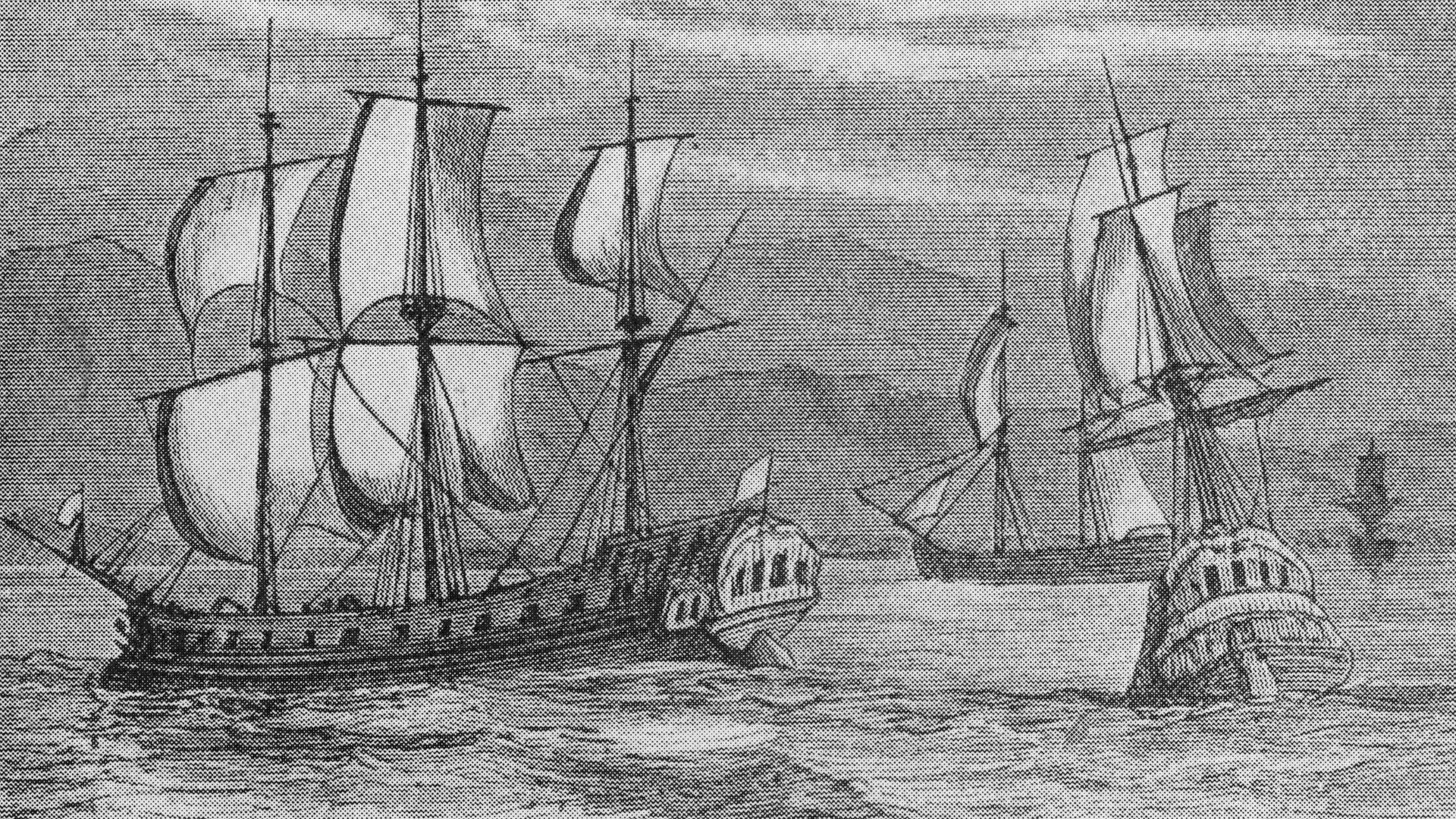
PETER TRUDGILL on how long it took for the accent to appear after English arrived in Australia.
In 1788, during the reign of King George III, the English language made a very long journey indeed, penetrating deep into the southern hemisphere. This was on the occasion of the foundation of the British Australian penal colony of New South Wales.
Some exploration of northern Australia had been carried out by Dutch, Spanish and English seafarers in the 1600s, but it was not until 1770 that Captain James Cook mapped the whole of the east coast, naming it ‘New South Wales’ and claiming it for Britain. The main impetus for the founding of this penal colony in Australia was Britain’s loss of its American colonies in 1783, after the American War of Independence.
This loss prevented the British government from using the 13 American colonies as a destination for transported convicted criminals – many of them, in truth, merely petty thieves driven to occasional criminal acts by destitution and hunger – and the government therefore started looking around for another dumping ground for its unwanted paupers and miscreants.
The government did not much mind where that dumping ground was going to be, so long as it was not here. It was not-in-my-back-yard on a vast and inhuman scale. So now Britain could embark on a programme of sending convicts as far away as they possibly could – to the Australian coast that had been charted by Captain Cook.
The First Fleet of 11 sailing vessels carrying convicted unfortunates arrived from Portsmouth in January 1788, in the area of what is now Sydney. These ships transported 537 male convicts, 180 female convicts, 191 male guards, 19 male officers and 100-odd officers’ wives and children, to the Australian east coast.
Their arrival marked the beginning of the anglophone nation-state of Australia. But it also, of course, marked the beginning of the eventual extermination of most of the several hundred indigenous Australian languages which were spoken there at that time, as well as the demise of many of the peoples and cultures associated with them.
The voyage from the south coast of England to the east coast of Australia was by far the lengthiest movement the English language had undertaken during its centuries-long expansion. From London to Sydney via the Cape of Good Hope was more than 13,000 nautical miles or 24,000 kms, and the fleet took more than three months to complete the journey. The Second Fleet of prisoners arrived in 1789, and the Third Fleet in 1791.
Most of the early convicts who arrived with the First Fleet had been sentenced to transportation by courts in southern England, but after that it seems likely that a proportion of the convicts who arrived were not native English speakers. More than 30% of the convicts carried by the Second Fleet were Irish, at a time when more than half the population of Ireland were still Irish Gaelic speakers. Free settlers from England started arriving from 1793 onwards.
The distinctively Australian variety of English which we are familiar with today initially emerged from the mixing together of English dialects from different parts of the British Isles as they arrived from 1788 onwards, although it was dialects from the southeast of England which predominated in the mixture.
The development of a new, unified colonial dialect out of a mixture of different metropolitan dialects takes about two generations under normal circumstances. We can suppose, then, that Australian English – which now has about 20 million native speakers – was first formed in the speech of those born in the period 1790-1840. We would therefore expect to find the first adolescent speakers of this fully-fledged variety from about 1855; and in fact the New South Wales School Commission of 1854-5 did complain about “an Australian dialect” which – deplorably but predictably – they clearly found disagreeable.










